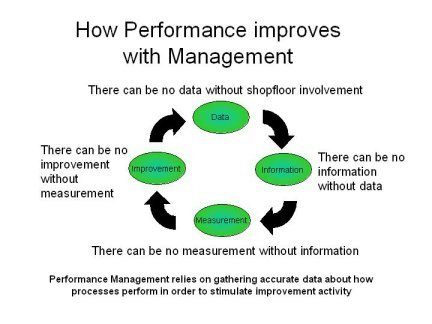Manufacturing Software Systems – A Key to Better Organization

The business of manufacturing is a complex one. Although it gets grouped with the sales and merchandising business, it has numerous additional stages in its processes.
Buying and sales are only a small part of the complete picture. The processing of the goods and production planning sit alongside these stages, setting manufacturing apart and in turn presenting a whole range of new challenges for manufacturers. The production process has many prerequisites, it requires a considerable amount of effort and time. Issues that arise at any stage of the manufacturing process can snowball out of control, and this could cost you.
Considering these facts, a tight cooperation between different departments is required, with emphasis on communication, planning and keeping track. In the manufacturing business the number of different departments is often much higher than in other fields, creating the need for a strict set of business rules to be implemented. In theory it’s very easy to say these things, but not so easy in real life when everything needs to be done within a specific timeframe – very often yesterday. Many manufacturing companies simply don’t have the possibility or resources to invest in developing and implementing these ideas.
Attempting to work without guidelines can simply result in a horrible mess. For small companies with no intention of growing, management may have a chance to sort this mess day by day, week by week, manually – but why would you? It’s certainly not a good business strategy. Any company that wants to be sustainable in the long run must grow, and therefore needs to implement business rules and processes. The next challenge is how to implement such rules, as they can’t be pulled from thin air. A company needs a canvas or framework with which to work, nobody is going to share their business rules with you, so be prepared to turn to other methods: manufacturing software systems are your best bet here.
In a typical manufacturing software system, user roles are already defined, with each role describing who or what is doing something and how they are (or should be) doing it. It looks at what sort of information might be required and what results would be beneficial to the user, based on what is already known about both previous process trends and significant events within the current process. A good piece of production process software has a similar structure to traditional company departments; helping to understand what business rules are required, finding touch points between the departments and highlighting potential pitfalls.
Once the business rules are defined and implemented, the manufacturing software is used for the everyday core task of job planning and reporting of business results. It helps the management to make ‘intelligent’ decisions, improve business rules and have control over the business. It also helps to avoid the phenomenon of irreplaceable employees, as all information is documented and available to both current and future management teams.



